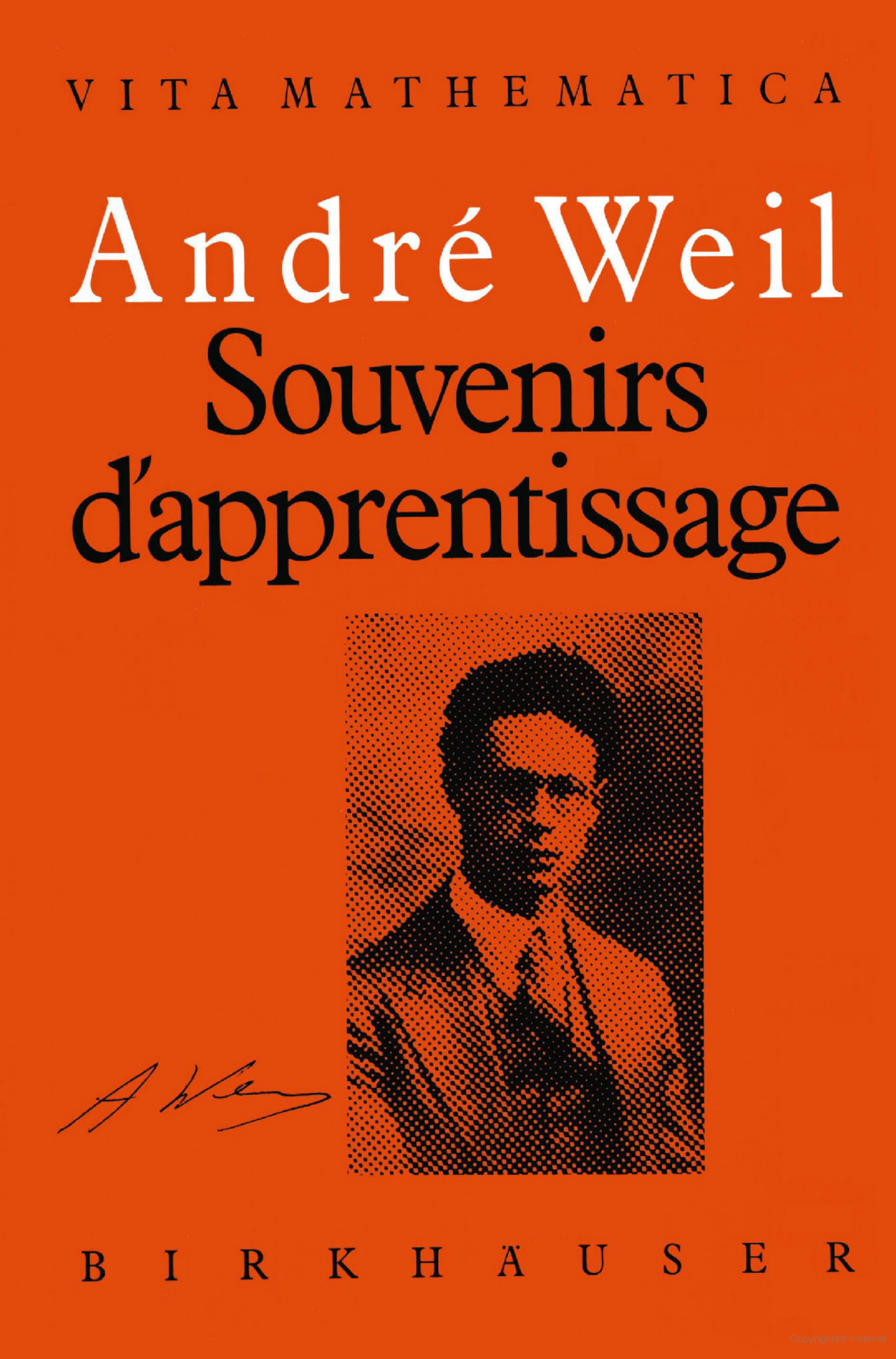The Curious Rise of a Nordic Letter
How ∅ Became the Symbol for the Empty Set
Years later, André Weil (1906–1998) finally left a written account of the origin of the symbol ∅ for the empty set: a decision as discreet as it was decisive, inspired by a Norwegian letter that only he imagined fit for such a singular theory. As he recounts in his memoirs:
Much later, the role I had played in those discussions earned me the respect of my daughter Nicolette, when she learned at school the use of the symbol ∅ for the empty set, and I told her I had been personally responsible for its adoption. The symbol ∅ belonged to the Norwegian alphabet, and I was the only one in Bourbaki who knew it."
I translated this excerpt from the French edition of the famous autobiography of André Weil.
📘 Fragments of Memory
On June 2, 1996, I sent a query to the math-history-list forum asking about the historical origin of the symbol ∅ for the empty set:
When was the modern symbol introduced, namely, the Scandinavian ∅?
Who used it for the first time?
The answer came the next day, June 3, sent by mathematician Franz Lemmermeyer. He attributed the introduction of the symbol to André Weil and mentioned as source Weil's autobiography[1].

A few days later, I found the English edition[2] of Souvenirs d'apprentissage at the library of the Instituto de Matemática y Estadística Rafael Laguardia, at the Universidad de la República (Montevideo). The first harsh chills of 1996 had begun—those days when winter in Montevideo calls more for warmth than for intellectual quests—and I still vividly remember the emotion I felt upon confirming that Weil, in fact, claimed responsibility for adopting the symbol ∅, taken from the Norwegian alphabet, where it represents a vowel characteristic of the language.
Even back then, Franz had already pointed out to me that a German edition[3] of the work had appeared in 1993. Later on, I came across Italian[4] and Japanese[5] versions as well. As far as I know, a Spanish translation of that remarkable autobiography was never published—which is, to say the least, rather curious.
It would not be until August 1997 that I would revisit the topic on the same mailing list—this time in response to a question from Professor Douglas E. Cameron (1941–2020) regarding the pronunciation of the Norwegian letter ∅. In that exchange, Jeff Miller—a high school teacher at Gulf High School in New Port Richey, Florida, and widely known for his compilations on the history of mathematical notation—remarked that the letter in question belongs to the Norwegian, Danish, and Faroese alphabets, but not to the Swedish or Finnish ones.
Miller would later include that exchange on his personal website[6], which was eventually hosted as part of the history of mathematics project at the University of St Andrews (Scotland), where the acclaimed MacTutor History of Mathematics[7] is also maintained.
And so it was that, through digital exchanges and a quiet discovery in a quiet corner of the university library, I uncovered the story hidden behind that unassuming ∅: a symbol which, though it stands for nothing, carries an unsuspected richness of history, elegance, and typographic charm.
Referencias
[1] André Weil, Souvenirs d'apprentissage, Vita Mathematica, vol. 6, Bâle-Boston-Berlin: Birkhäeuser Verlag, 1991. Véase p. 119.
[2] André Weil, The Apprenticeship of a Mathematician. Traducido del francés por Jennifer Gage, Basel-Boston-Berlin: Birkhäuser Verlag, 1992. Véase p. 114.
[3] André Weil, Lehr- und Wanderjahre eines Mathematikers. Aus dem Französischen von Theresia Übelhör, Basel: Birkhaeuser Verlag, 1993.
[4] André Weil, Ricordi di apprendistato. Vita di un matematico, a cura di Claudio Bartocci, Collana Saggi n.786, Torino: Einaudi, 1994.
[5] André Weil, Autobiografía de André Weil: El aprendizaje de un matemático (en japonés), traducido por Nobuko Inaba, Tokio: Springer Verlag, 1994.
[6] Jeff Miller, “Earliest Uses of Symbols of Set Theory and Logic”, disponible en: https://jeff560.tripod.com/set.html .
[7] Jeff Miller, “Earliest Uses of Symbols of Set Theory and Logic”, disponible en: https://mathshistory.st-andrews.ac.uk/Miller/mathsym/set/ .